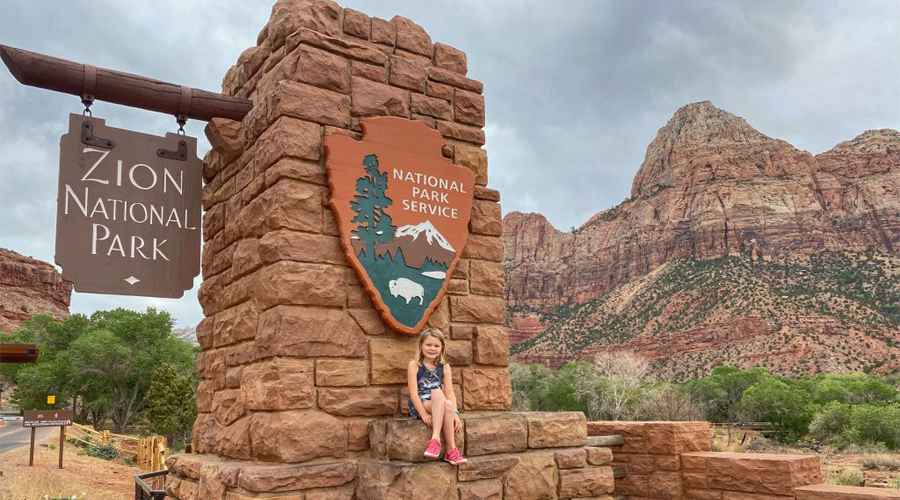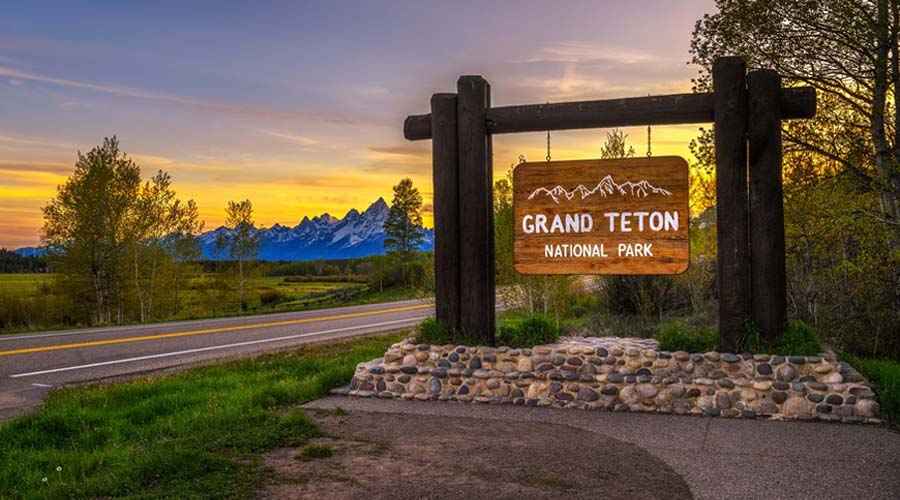Zion National Park is one of the most stunning natural wonders of the United States, located in southwestern Utah. Known for its towering sandstone cliffs, deep canyons, and diverse wildlife, Zion is a haven for travelers who seek adventure, photography, and serenity amidst breathtaking landscapes. As Utah’s first designated national park, established in 1919, Zion draws millions of visitors every year who come to explore its iconic hikes, dramatic rock formations, and rich cultural heritage.
Geography and Landscape
Zion National Park covers approximately 229 square miles, showcasing a remarkable variety of landscapes. The central feature is Zion Canyon, a deep gorge carved by the Virgin River over millions of years. The sheer sandstone cliffs within the canyon rise as high as 2,000 feet, displaying rich colors that change dramatically with the light of day. Shades of red, cream, and pink dominate the scenery, creating one of the most photographed vistas in the American Southwest.
The park sits at the junction of three distinct geographic regions: the Colorado Plateau, the Great Basin, and the Mojave Desert. This unique location gives Zion an ecological richness that is rare for such a relatively small area. From desert scrubs at lower elevations to lush forests at higher points, each zone offers a unique experience for exploration.
Also Read: Top 10 Best National Parks in California
Flora and Fauna
One of the beauties of Zion lies in its biodiversity. More than 800 plant species thrive here, ranging from desert cacti and sagebrush to ponderosa pines and cottonwood trees. Seasonal wildflowers add vibrant colors to the park in spring and early summer.
Wildlife enthusiasts will enjoy spotting over 75 species of mammals, 30 reptiles, and nearly 300 types of birds within the park. Mule deer are a common sight, and keen-eyed visitors may catch glimpses of desert bighorn sheep navigating steep rocky slopes. Birds such as peregrine falcons, California condors, and golden eagles soar high above, making the park a paradise for birdwatchers.
Things to Do in Zion
Zion offers something for nearly every type of traveler, whether you prefer gentle strolls or adrenaline-filled adventures.
- Scenic Drives: The Zion Canyon Scenic Drive is one of the park’s highlights. Open to private vehicles in the off-season and accessible by free shuttle during peak months, this road offers stunning views of massive rock formations and easy access to trailheads.
- Hiking: Zion is arguably best known for its hiking opportunities. Famous trails include Angels Landing, a strenuous 5.4-mile hike featuring dizzying cliffs and panoramic canyon views, and The Narrows, a hike through the Virgin River slot canyon where trekkers wade through water surrounded by towering walls. For an easier option, the Riverside Walk and Emerald Pools Trail provide beauty without extreme difficulty.
- Canyoneering: Adventurous visitors can try technical canyoneering, which blends hiking, climbing, and rappelling. Slot canyons such as The Subway require special permits and technical gear.
- Wildlife Watching: Dawn and dusk offer the best chances to observe animals in their natural habitat.
- Photography: The play of light at sunrise and sunset brings out the brilliant hues of Zion’s cliffs, making it a dream destination for photographers.
Cultural and Historical Significance
Long before it became a national park, Zion was home to Native American communities. Archaeological evidence suggests that the Ancestral Puebloans and later the Paiute people lived in the region for centuries, relying on its rivers and fertile soil. Petroglyphs and artifacts provide a glimpse into their lives and traditions.
The name “Zion” was given by Mormon pioneers in the 19th century, who saw the canyon as a spiritual refuge. The term means “place of peace and refuge,” which perfectly captures the essence of this majestic wilderness.
When to Visit Zion National Park
Zion is open year-round, but the best times to visit are spring (April–June) and fall (September–November). During these seasons, the weather is comfortable, and the park’s trails are at their most enjoyable. Summer brings extreme heat, with temperatures often exceeding 100°F, while winter is quieter and offers unique beauty with snow-capped cliffs.
The park can be very crowded, with several million annual visitors, so planning ahead is essential. Booking accommodation and securing activity permits early can enhance the experience.
Practical Travel Tips
- Park Shuttle: From spring to late fall, shuttle buses operate in Zion Canyon to reduce congestion. Cars are restricted on the main scenic route during this time.
- Entry Fees: As of recent guidelines, there is a per-vehicle and per-person entry fee. Annual passes are available for avid park-goers.
- Accommodation: Lodging is available inside the park at the historic Zion Lodge, as well as numerous hotels, campgrounds, and vacation rentals in the nearby town of Springdale.
- Safety: Visitors should carry plenty of water, wear sturdy shoes, and be prepared for quick-changing weather. Flash floods pose significant risks, especially in slot canyons like The Narrows, so always check conditions before setting out.
Why Zion is Special
What sets Zion National Park apart is the immersive way it allows visitors to experience nature. Unlike parks where you view landscapes from a distance, Zion draws you directly into its heart. Hiking trails snake along cliffs, rivers invite you to wade through their currents, and every curve of the canyon reveals new surprises.
The blend of dramatic geology, abundant wildlife, and profound cultural heritage makes Zion not just a place to see but a destination to feel. As you stand at the base of its towering cliffs or gaze from a lofty viewpoint, there’s a sense of humility and wonder that defines the spirit of Zion.


